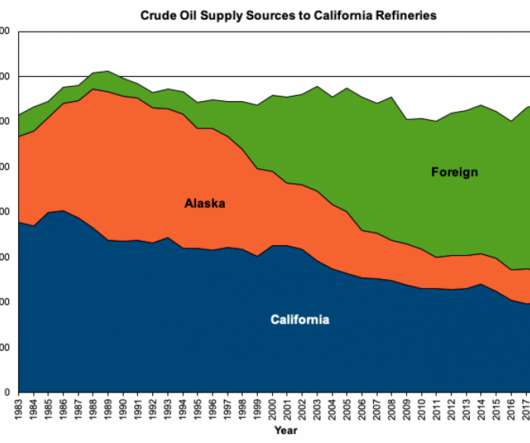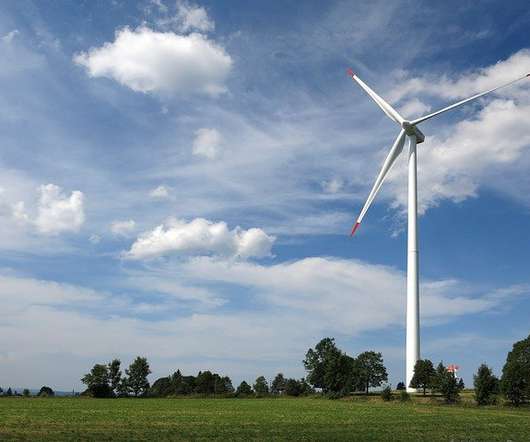'This is a natural gas market crisis': Why energy markets could be set for three more years of turmoil
Business Green
JANUARY 17, 2022
It argued that investments in renewables, energy efficiency, and smart grid solutions should be at the heart of any response to the crisis, noting how these green investments will enable nations to drastically reduce their reliance on polluting and volatile fossil fuel markets. These assertions are misleading to say the least," he wrote.
















Let's personalize your content